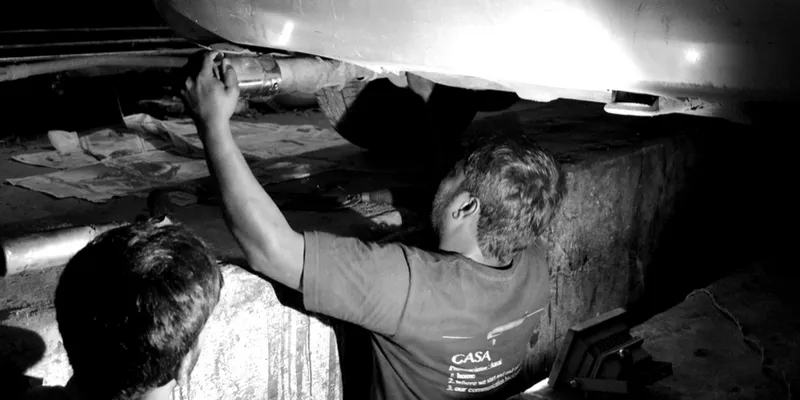A sustainable and eco-friendly post-Diwali celebration is possible - here’s how
Across India, students, entrepreneurs, and citizens have come up with innovative solutions to continue post Diwali celebrations, the ‘green’ way.

It’s not just Delhi and NCR that are battling “very poor”, “severe”, and “hazardous” levels of air pollution after the Diwali celebrations. The problem has spread across India. In this scenario, one wonders if a green Diwali is actually possible.
As the government and the Supreme Court engage in a legislative approach to combat the rising dangers of air pollution, students, entrepreneurs, and citizens have come up with innovative solutions to continue with Diwali celebrations, the “green” way- from gifting indoor plants to equipping oneself with nasal filters, air purifiers and more. We list a few such initiatives:
1. Nasofilters
As the smog thickened, President Ram Nath Kovind endorsed the Nasofilter, developed by the Indian Institute of Technology-Delhi at a recent academic convention. The innovation was also presented with the ‘Startups National Award’ of the year 2017 by former President Pranab Mukherjee.

The Nasofilter sticks to the user’s nasal orifice and restricts foreign particulate matter. The team has ensured it is an environment-friendly, use and throw bio-degradable product that gives negligible breathing resistance.
The project has been funded by the Indian government.
2. Airlens
Led by Padma Shri awardee Professor Randeep Guleria, Director of AIIMS, and Professor Paul Yock, Father of Biodesign, Stanford University, a team of researchers, clinicians, engineers, and designers from Stanford University, US, have devised an effective solution to protect oneself from air pollution — Airlens.

These smart nasal filters aim to protect users by using active molecular technology that allows air to move freely while trapping pollutants and gasses. Not only does this restrict the entry of pollutants into the lungs, it does not require washing or cleaning. The product - around 2 cm in size - can be replaced every day. Within a span of less than one year, this innovation has reached over 10,000 people.
3. Kaalink
MIT graduate Anirudh Sharma converts soot emitted from chimneys and car tailpipes to printer ink — Kaalink. Calling soot “black gold”, Anirudh mixes it with alcohol and oil to turn it to traditional printer ink. Kaalink is retrofited to engine exhaust pipes, and captures approximately 95 percent of particulate matter pollution.

Anirudh founded Graviky Labs in 2013 with the idea of combating air pollution. The company team claims to have captured 1.6 billion micrograms of particulate matter, equating to roughly 1.6 trillion litres of outdoor air.
4. Green crackers
Green firecrackers may soon be a reality with the Council of Scientific & Industrial Research’s National Environmental Engineering Research Institute (CSIR-NEERI) working on eco-friendly alternatives. Called “green crackers” by CSIR-NEERI Director Dr Rakesh Kumar, these crackers do not contain any harmful substances, including nitrates, perchlorates, and chlorates that are responsible for air pollution.
The components are being replaced by materials that are “less dangerous” and “less harmful” to the atmosphere, Dr Rakesh says. These firecrackers will release water vapour as a dust suppressant. This also works as a diluent for gaseous emissions. The crackers match the performance of conventional crackers in terms of sound. The crackers include Safe Water Releaser (SWAS), Safe Thermite Cracker (STAR), and Safe Minimal Aluminium (SAFAL).
Presently the CSIR labs have been working on eco-friendly firecrackers and have readied prototypes.
5. Air purifying plants
A recent study by NASA revealed that houseplants can absorb harmful toxins from the air, especially in enclosed spaces with little air flow.

Startups like PKR Green and Consultants, founded by Pavan Kumar Raghavendran in 2017, can help you with various air-purifying plants. Pavan’s primary goal is to ensure that there are more plants in homes, offices, corporate complex, malls, and study centres.
Based in Chennai, Pavan home delivers plants, including Golden Pothos or money plant, that removes airborne pollutants such as benzene, formaldehyde, carbon monoxide and xylene; English ivy, which remove pollutants such as benzene, formaldehyde and trichloroethylene from the air; and Areca palm, which filters xylene and toluene from the air.







